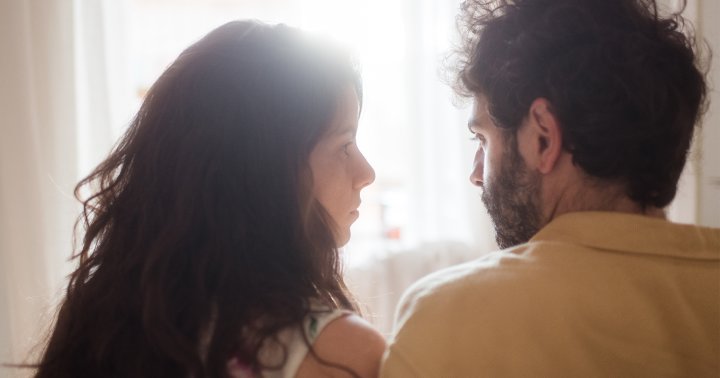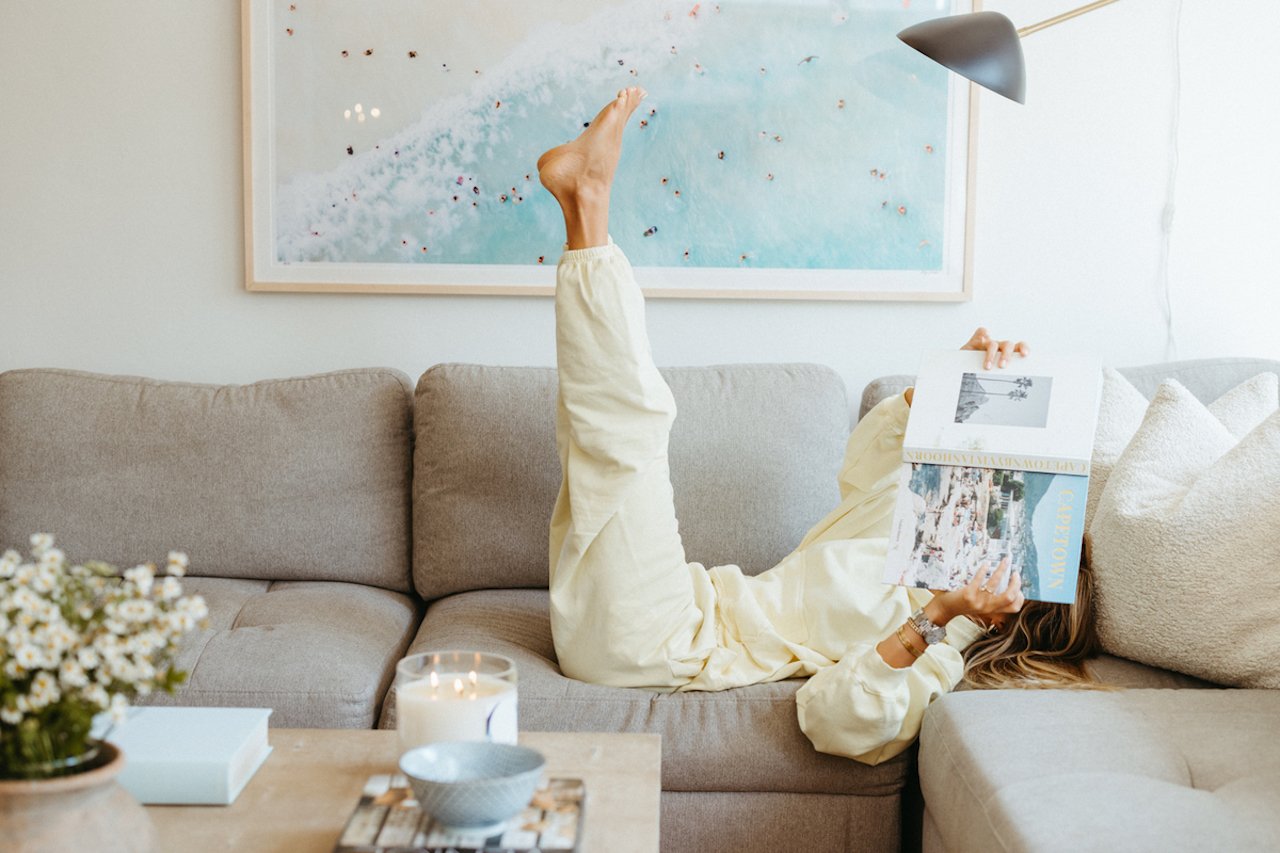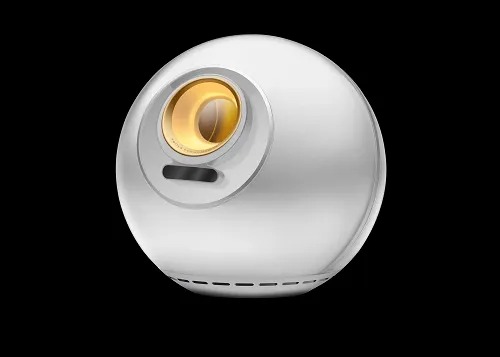Quality over Quantity
How Going Vintage Made me a Minimalist in Every Area of my Life. I’d like to say I’ve been a minimalist my whole life. But, it just isn’t true. I was born in America, into a middle-upper class family,...


How Going Vintage Made me a Minimalist in Every Area of my Life.
I’d like to say I’ve been a minimalist my whole life. But, it just isn’t true. I was born in America, into a middle-upper class family, and I was a child of the ‘80s who wore jelly shoes, played Pacman, and scored the latest Guess jeans every year. Buying – and buying more – has been a part of my life continually… until I created a career selling vintage clothing online.
While I’ve been a full-fledged American consumer, I’ve also been a thrifter for decades. My mother cajoled me and my two sisters into thrifting when we were young and we also made frequent visits to antique stores. She taught us what vintage had to offer. She bought antiques for our home and showed us how to incorporate the quality of old materials – whether furniture or clothing – into a new home. While I didn’t know it, she was creating my future. And once I understood the value of vintage – how quality always wins — it changed me. I mean, all of me.
Fast forward to when I, at thirty-five years old, was looking for a part-time job from home with my two young boys. I knew I could sell vintage online because I had sold the occasional item on eBay (and I loved vintage clothing). All I had to do was up my game and sell more items, regularly. Etsy was a relatively new company back in 2010 and I jumped onto that platform. Learning what vintage clothing was as I thrifted and expanded my knowledge of it (learning about quality fabrics, quality materials, and the way they were made) was eye-opening because today’s clothing is nothing like vintage clothing.
The wool was thicker, denim was made with better cotton, and the dresses with those details on the sleeves and kick pleat in the back, it’s like nothing we have anymore. Why is this? And why was I choosing to wear cheap things that I replaced every year while I sold vintage? Why couldn’t I wear classic clothing that had already lasted decades and wear them for a few decades more? I needed to practice what I preached — to wear what I would have sold in my own store.
I’ve been selling vintage clothing online for nearly 13 years, and with every passing year, my closet becomes more vintage and less new; more slow fashion and less fast fashion. While this isn’t for everyone, what I do want people to see is that acquiring “more and new” doesn’t satisfy the way we think it will. I’d been doing this for decades before discovering vintage, and all I was doing was trying to satisfy the need to appear “in style.” What a racket!
And that’s when things shifted for me.
Fashion trends change every year, meaning if I’m on the “trend” cycle, I’ll always be buying and getting rid of clothing. Forever. That thought made my insides shudder. I didn’t want to live that way anymore. I didn’t want to always feel like I had to spend money. Instead, I wanted to appreciate what I had and make it last as long as possible. So, I began to buy denim that was quality-made. I began to buy vintage wool and cotton and silk: real materials that lasted. I bought a lot of vintage for my online store as well as for myself.
Today, while I sometimes buy new items from new retailers, I also buy a lot of vintage, repair them, take care of them, and hope to make them last another fifty years. I want to wear items that I can pass down to my children or grandchildren. Buying and selling quality materials from the 1920s to the 1980s has shown me how quickly downhill the fashion industry has moved. I’m not saying everything is horribly made… only most of it is. That t-shirt or sweater (probably made from acrylic or polyester) at Target may seem irresistible when you walk past it, but it will most likely be at your local thrift store (tattered and pilly) next year. I know this is true because that clothing is what I filter through when looking for vintage clothing in said thrift stores!
I read recently that only 15% of clothes in any given thrift store are sold. The rest go to landfills or elsewhere. That is devastating news. If these are the statistics for used clothing, I don’t want to know the statistics for brand-new fashion in big box stores or mall chain stores.
From experience, about 99% of all clothing I search through at thrift stores is new (within the last five years). So little of it is over 20 years old (vintage). This makes my heart hurt. We are a consumeristic society with no ramifications. We don’t see the clothes sent to landfills. We don’t count the money we waste on clothes we buy every year, wear once or twice, and then donate. We see what we want, buy it, and then repeat that cycle endlessly because we can.
Today, after selling thousands of items of quality-made vintage clothing, I truly see their value. I’ve learned to appreciate them and see why these gems from 20+ years ago are still in great condition: quality. This is what I want; to wear what I love and love what I wear, and to have these items for decades. I need quality items more than I need quantity. That is minimalism.
This love for quality over quantity pushed into my home as well. I have antique furniture and vintage dishes, and my kids and husband wear some vintage clothing too. I paired down my closet to the essentials of things I wear and love. If I haven’t worn it in a year, it has to go. My drawers are clean and minimal; my closet is sparse but special. It’s like a boutique antique closet rather than a Walmart store. And that is what I want. I want my clothes to stand the “trends of time.” And you know what? Now they do. That classic style will save me money and time for the rest of my life. That is minimalism.
Once my closet was under control, I went to the kitchen. I donated all the gadgets and dishes I didn’t use. I collect vintage Pyrex but I still consider myself a minimalist because this is the only collection I have. I have it because I love it and collect little else. There’s a way to still keep what I love but collect responsibly. That is minimalism.
If you’re looking to change your consumeristic habits like I did, here are a few things to consider. You don’t have to go “vintage” to live the slow fashion life like I did. But you can take the concept and make it work in whatever lifestyle you desire.
1. Less is always more
Having had an overstuffed closet, and only wearing about 20% of the items, I decided to let go of the things I “thought” I loved. If I truly loved them, I would’ve worn them. So, it was only in name that I loved them, not in action. How inauthentic! I pared down my closet (not quite a capsule wardrobe, but close) and life has never been simpler. Not to mention, packing for any trip takes less than ten minutes.
2. Only buy (and keep) what you love
It’s hard to keep this rule in mind when shopping. Sometimes I just want to buy to buy. But that is where I go down the rabbit hole of consumerism. I don’t have to buy, I can also just look. When I do see something of quality that I need and love, this is when it’s smart to purchase the item.
Bonus Tip: If I buy something and aren’t sure I’ll love it, I keep the tags on it, put it in my closet for a few days, and ruminate on it. Then I can still return it if I change my mind. Key points: Keep only what you love. Keep only what you feel good in.
3. Buy quality
I cannot stress this enough. Do I want to spend 25 dollars a year on a pair of cheap jeans for the next 10 years, or one pair of quality-made jeans for $250 that I love more than any of them? The answer is clear: buy better-made clothing but buy less. Keep that rule in your heart and mind when you’re shopping and you’ll have a minimalist mindset with the best wardrobe of anyone you know.
These concepts take time to implement. Do things slowly. Figure out your tastes; what you like; your best color; your favorite materials. Find a favorite brand, even. When you become stingy with your finances toward your closet, you’ll find yourself choosing only what suits you best.
Learning to live this way will feel foreign at first. You may need to reassess how you shop if buying is a weakness for you. You may need to reroute yourself away from the clothing; to shop online less; to unfollow fast fashion influencers on social media. But once you do, once you realize you can live with so much less – and live it so much happier – you’ll never buy – or be – the same again.
***
About the Author: Heather Spiva is a freelance writer from Northern California who loves reading and writing. When she’s not doing that, she’s probably shopping for vintage clothing and drinking coffee… simultaneously.

 Tekef
Tekef 































